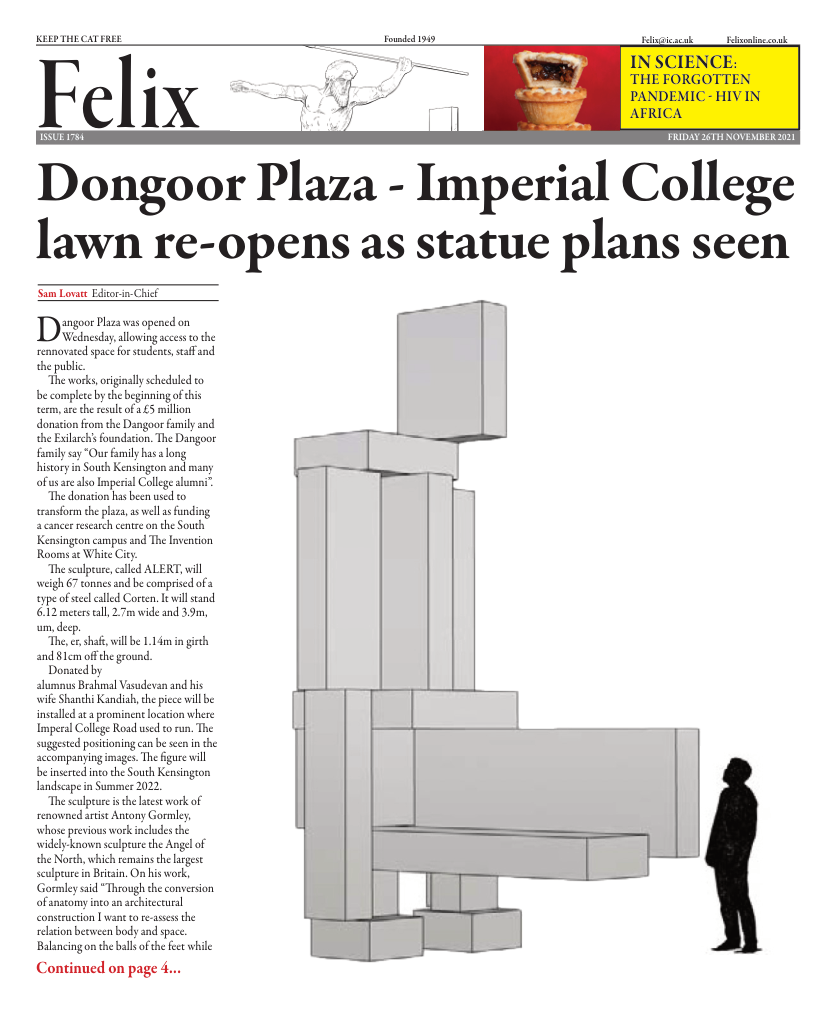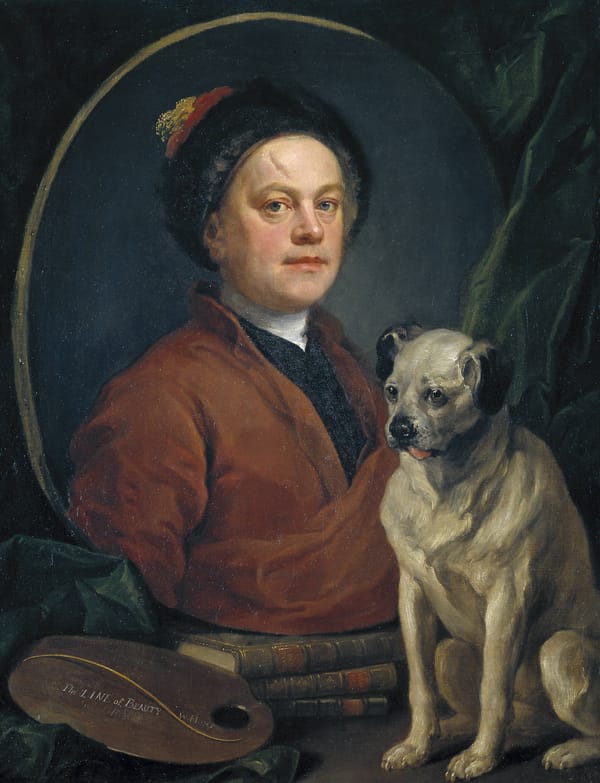Jewelled vestiges of a Russe Affair
This poignant and artful exhibit provides food for the eyes and the mind.
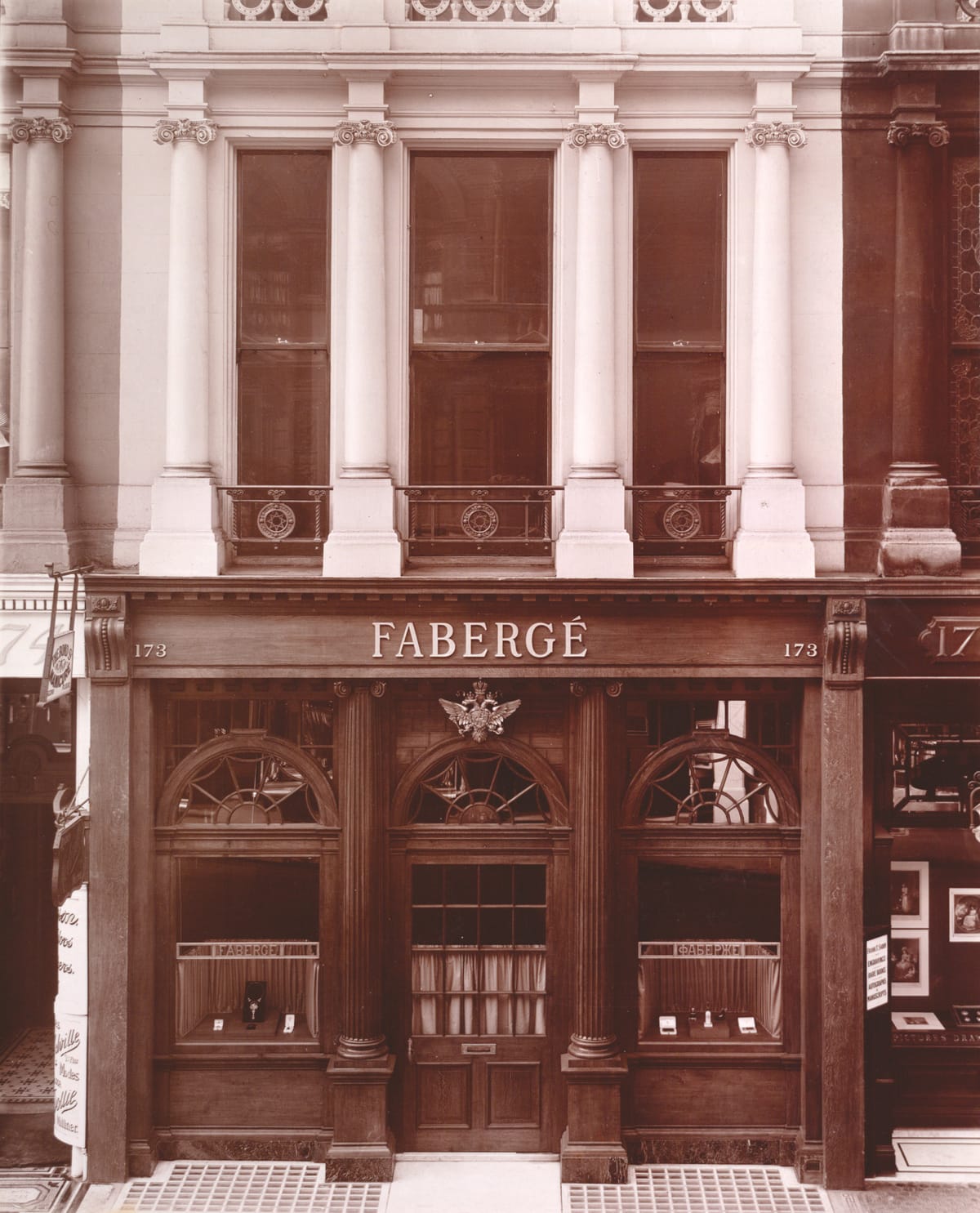
Fabergé in London: Romance to Revolution
★★★★
- What: Exhibition
- Where: Victoria and Albert Museum
- When: Until 8th May 2022
- Cost: £15 (Students)
The last few decades of the Romanov dynasty and late-nineteenth early twentieth century Russia is one of aberrant dichotomy. The Empire was at its strongest yet and was even beating the British at their own game of diplomacy with The Great Game in Central Asia, and yet it had only just been served with an upset-loss in the Russo-Japanese war of 1905. Opulence bustled in St. Petersburg and Moscow and yet, discontent and revolution was brewing in the countryside. And within a couple of decades with the turn of the century, starting with the Potemkin mutiny, the 300-year-old dynasty would meet a sudden and rapid death.
It was in such a climate, when opulence and dismay were both equal food for thought for the Russian populace, that a jeweller by the name of Gustave Faberge enamoured the ruling class of Europe with his artistry. Perfecting what was, until then, a tradition into a respectable vocation and profession, Faberge become a common place name synonymous with excellence. With a workshop in Russia working like clockwork and by drawing on Russia’s vast natural resource; Faberge carved out an empire in jewellery that has indeed stood the test of time, even if the enterprise he built didn’t outlast the Romanovs for much longer (he died in 1920 in Switzerland having fled Russia after the Romanovs' fall).
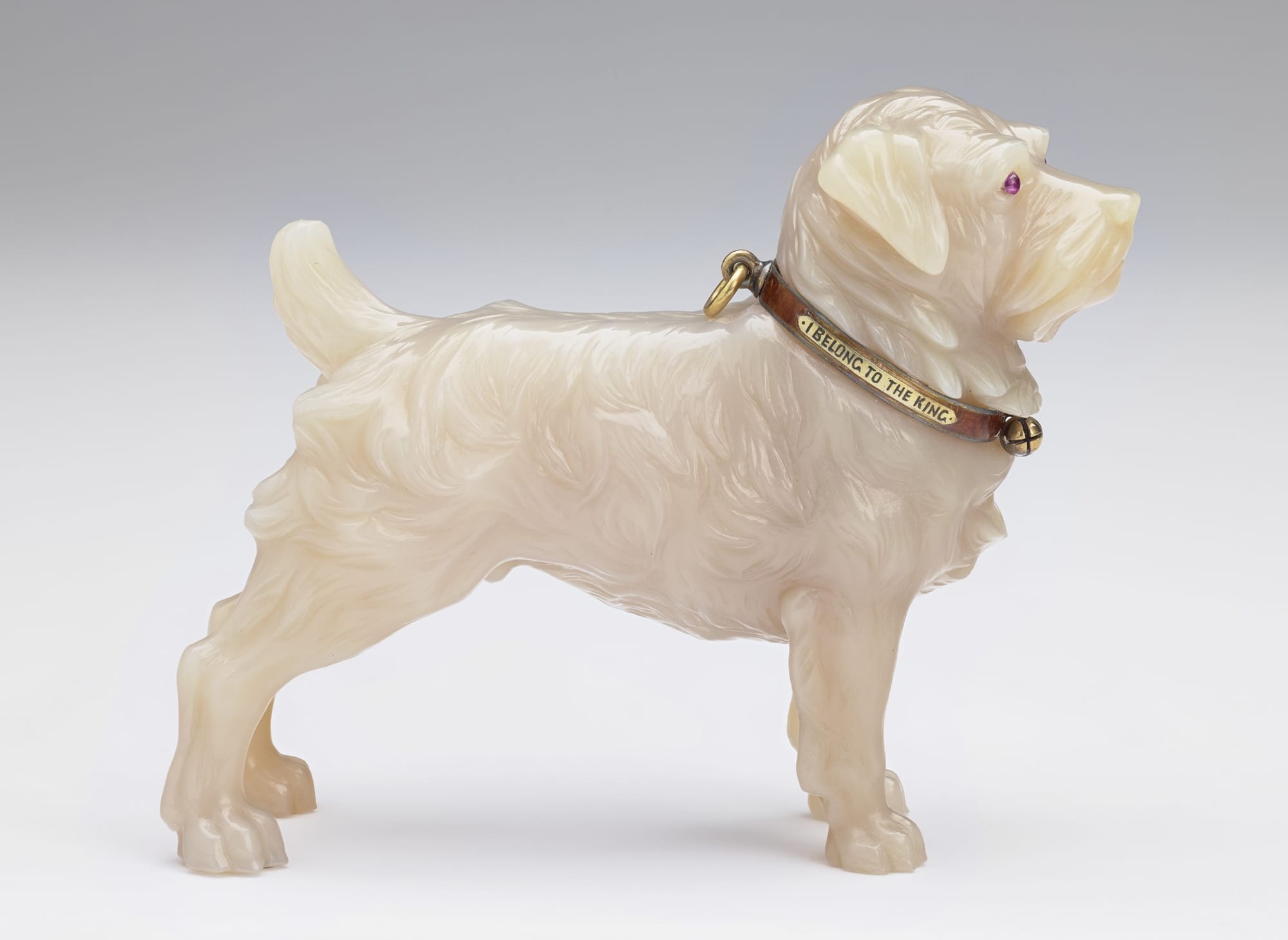
The Victoria and Albert Museum’s latest exhibition, 'Faberge: From Romance to Revolution' showcases some of the best artistry from that generation in what is the largest exhibition on the famed jeweller in well over a generation. Featuring multiple effects drawn from the State Museums of Russia (many possible for the first time since the end of the cold war) and anonymous donors, including arguably the headline grabbing highlight of 15 Easter eggs, the exhibition is elaborate in telling the story of how Faberge set up an empire in jewellery and the story of its exuberant clientele all the way from Russia to London via Paris.
The repertoire here is without a doubt exhaustive. We see numerous artefacts, including cigarette cases and personal effects that adorned the purses of famous folk, from the King of England to the granddaughter of Marshal Murat. Bookkeeping from the workshop highlight the detailed plans that Faberge and his artists made for their clients; the detail and orthodoxy of the documentation looks to be from another age altogether.
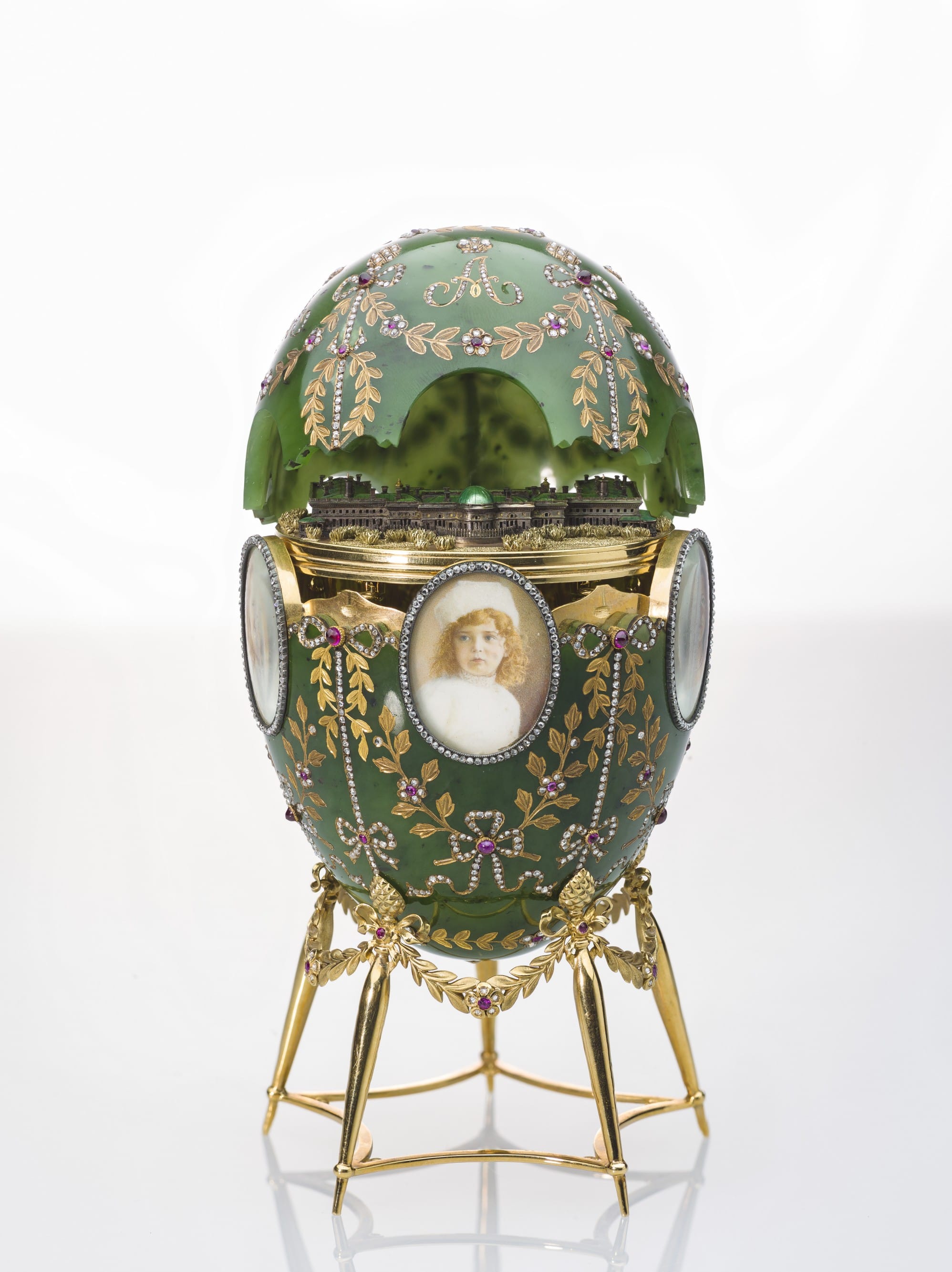
The exhibition is also one of many firsts. The reunited Cossacks, mini figurines of the household guard of the Romanovs (lost since the revolution, only to be re-discovered in the attic of a Manhattan apartment in 2013) are displayed here for the first time in over 100 years.
Faberge was not a single person, but rather an institution and enterprise.
Faberge had a workshop in Russia and a highly sought-after shop in London to cater to the far-flung clientele (which included Maharajas from India and the future King of Siam). His workshop was run by talented artisan families like the Holstrom! This enterprise angle is not amiss in the exhibition and together one can really sense the vision and grandiosity of Faberge; one that was cut short by the advent of WW1 and the collapse of the Empire soon after.
The fifteen Easter eggs, the highlight of any exhibition on jewellery, sit in a single room at the end of the exhibition. Arranged in a honeycomb fashion forcing us (the audience) to dance around to view them. I will save any description of them here as arguably in my opinion, there aren’t enough words to praise them in them in this review. Only that their allure is so strong that, being surrounded by the opulence and craft of these eggs, for one moment transports us to a more exotic setting, perhaps in one of the state rooms of the Hermitage, and we feel like we are the Romanovs in that instance. The winter egg is, in particular, a spectacle that is able to capture the Russian ethos and milieu even when viewed a century later.
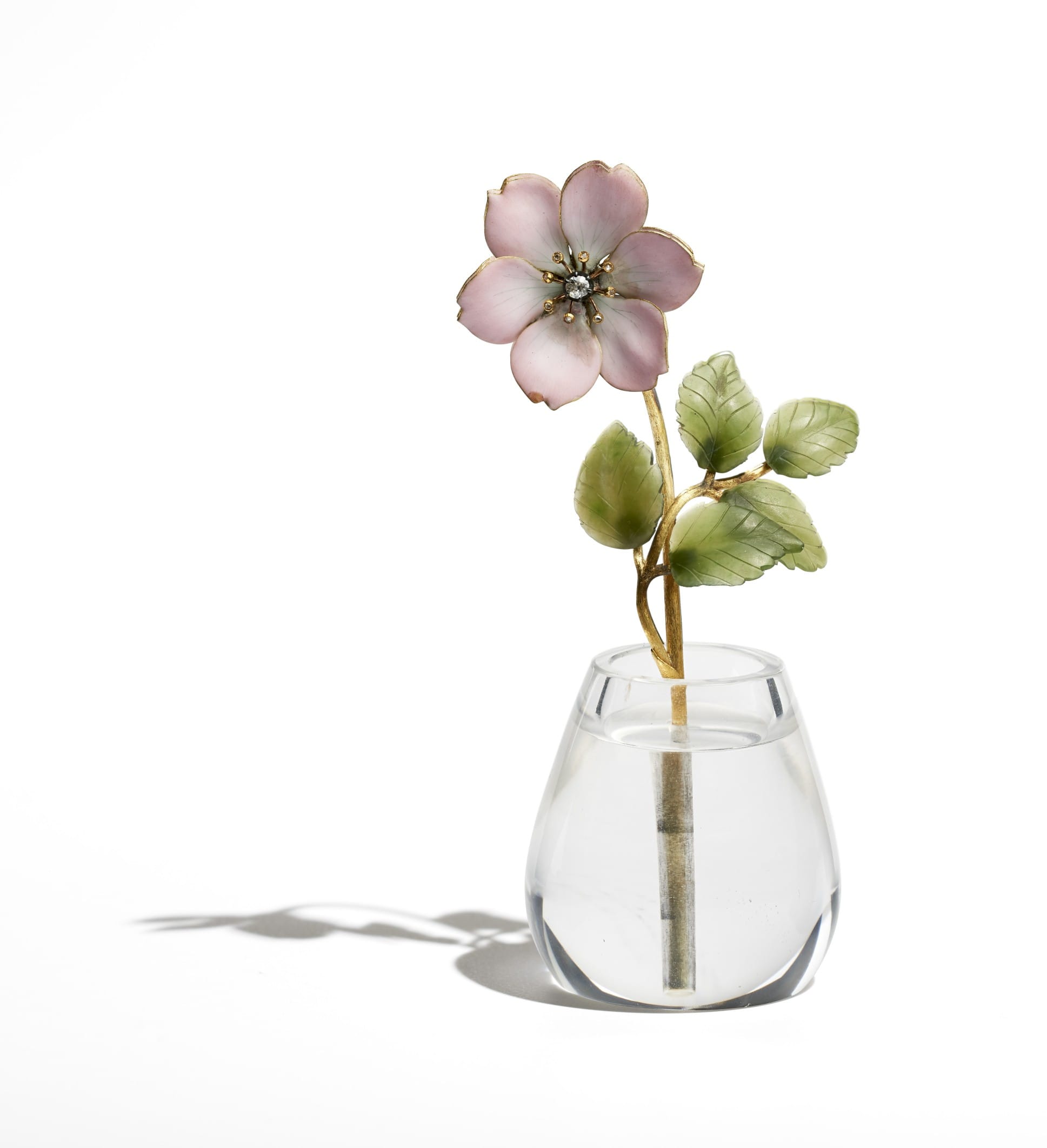
In the beginning of the exhibition, we see household items of the Romanov’s presented including personnel jewellery, study books, cigarette cases, the reunited Cossacks and clocks that must have adorned their private quarters in the Hermitage. The exhibition strikes a master-stroke herein by hanging large portraits and photographs of the Romanov’s brood over these exhibits looking down on us. They seem like common folk going about their lives — And Tsar Nicholas holds the withdrawn look that has come to symbolise the man who owned the world... and lost it in the blink of the eye. Princess Tatiana looks us at — a mere 23 years old when she was shot dead — as we veer at her necklace, snatched from her before the firing squad did their 'duty'. We watch their personal effects and wonder, whilst they probably watch and wonder too! This poignancy amazingly captures the tone of the rest of the exhibition and Faberge’s work itself — amazing works of art caught up in a turbulent time, destined only for disappointment in a short turn.
Go for the jewels and you would not be disappointed. Only, amidst the glitter and glory of these pieces don’t forget that there is a story behind as well. A sad story that only the Romanovs and Faberges of the world knew too well. Pay attention to them, and you are bound to walk out feeling awed and moved all the same!

